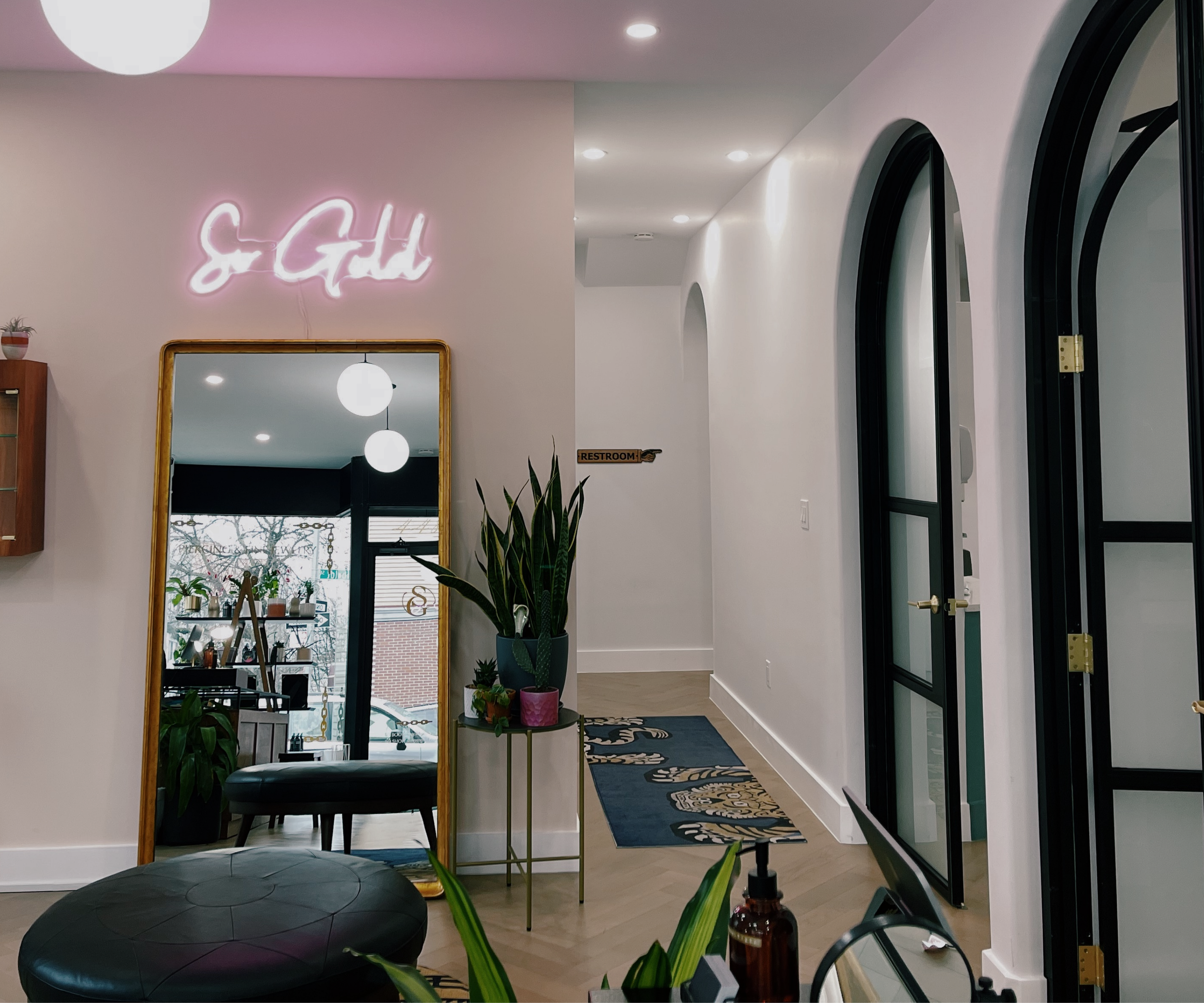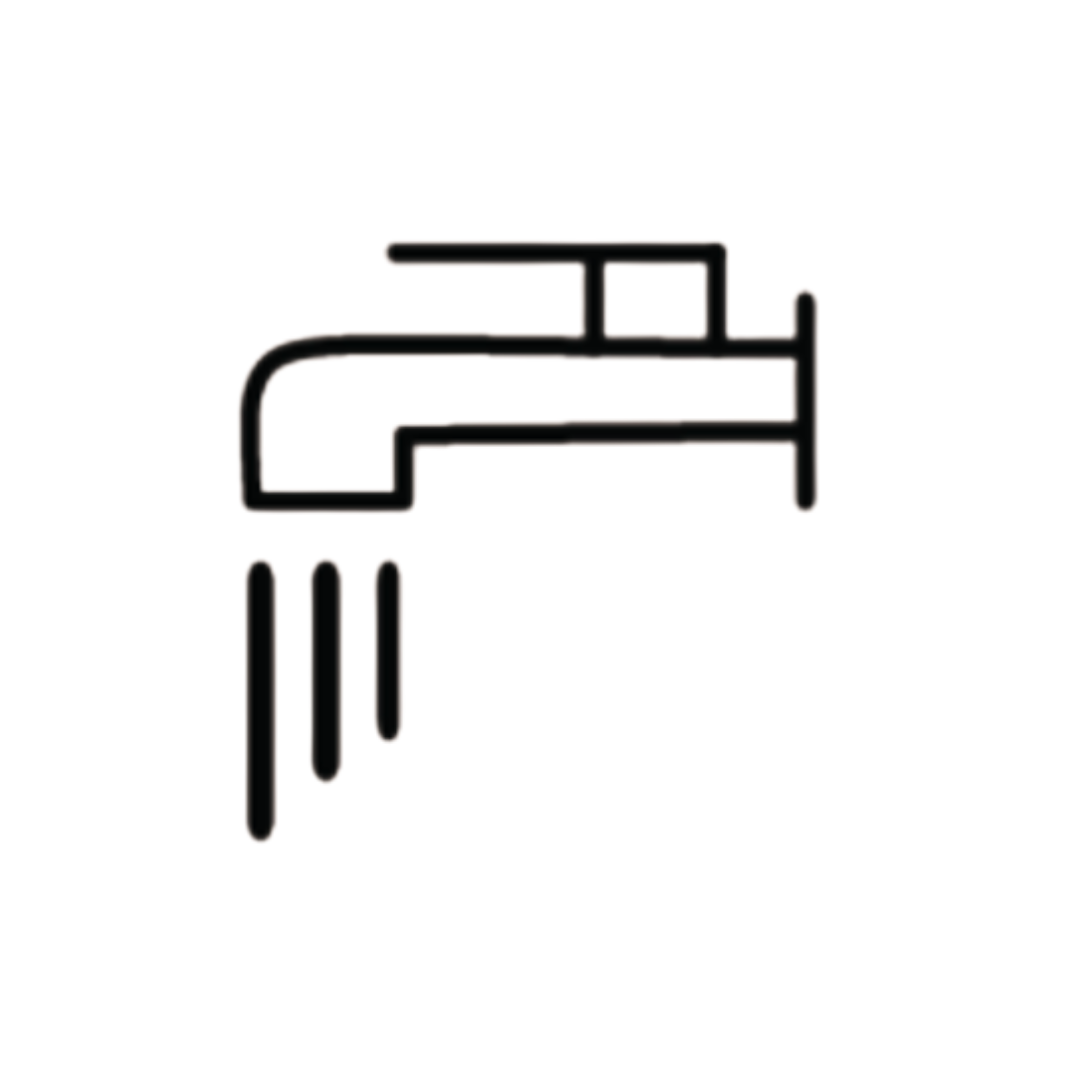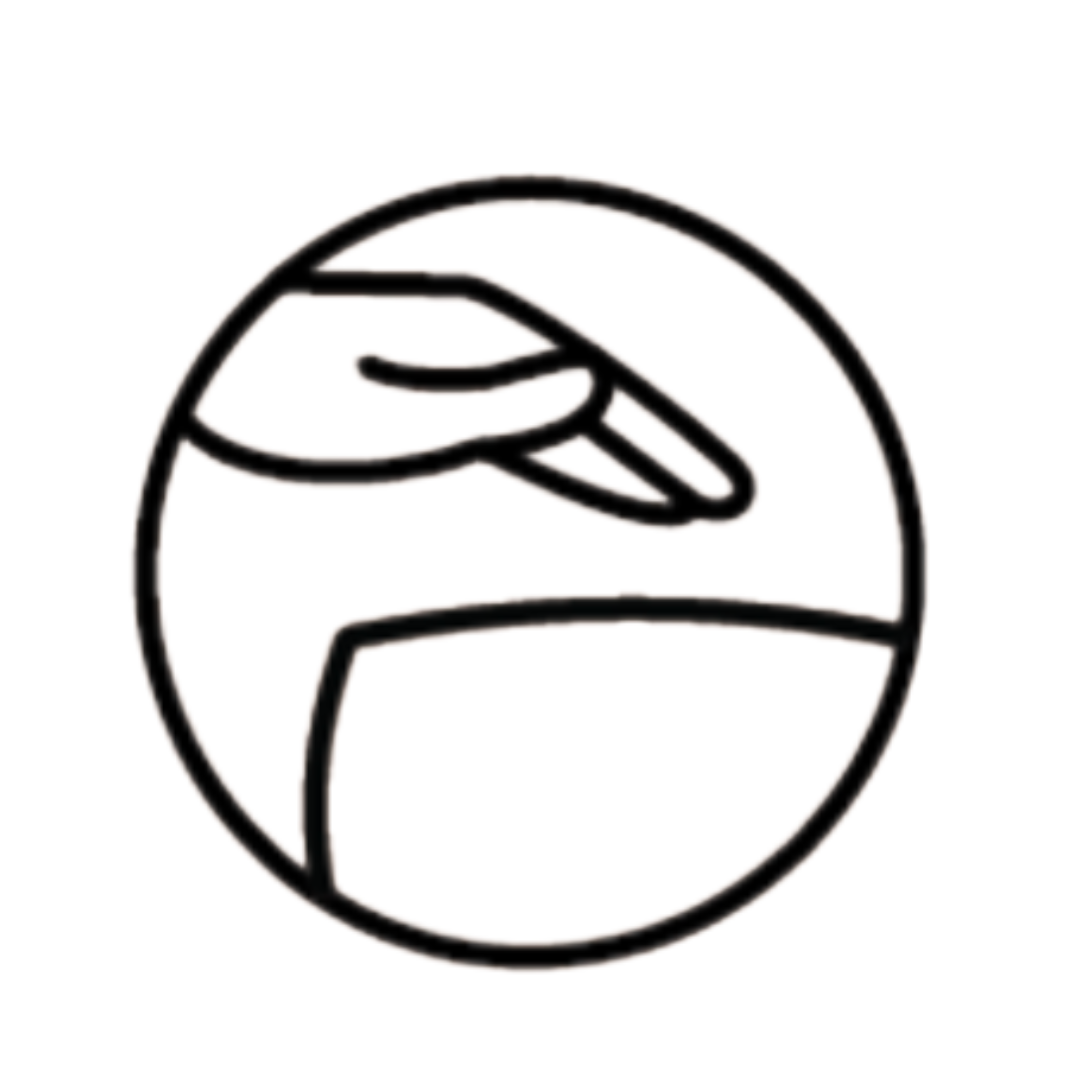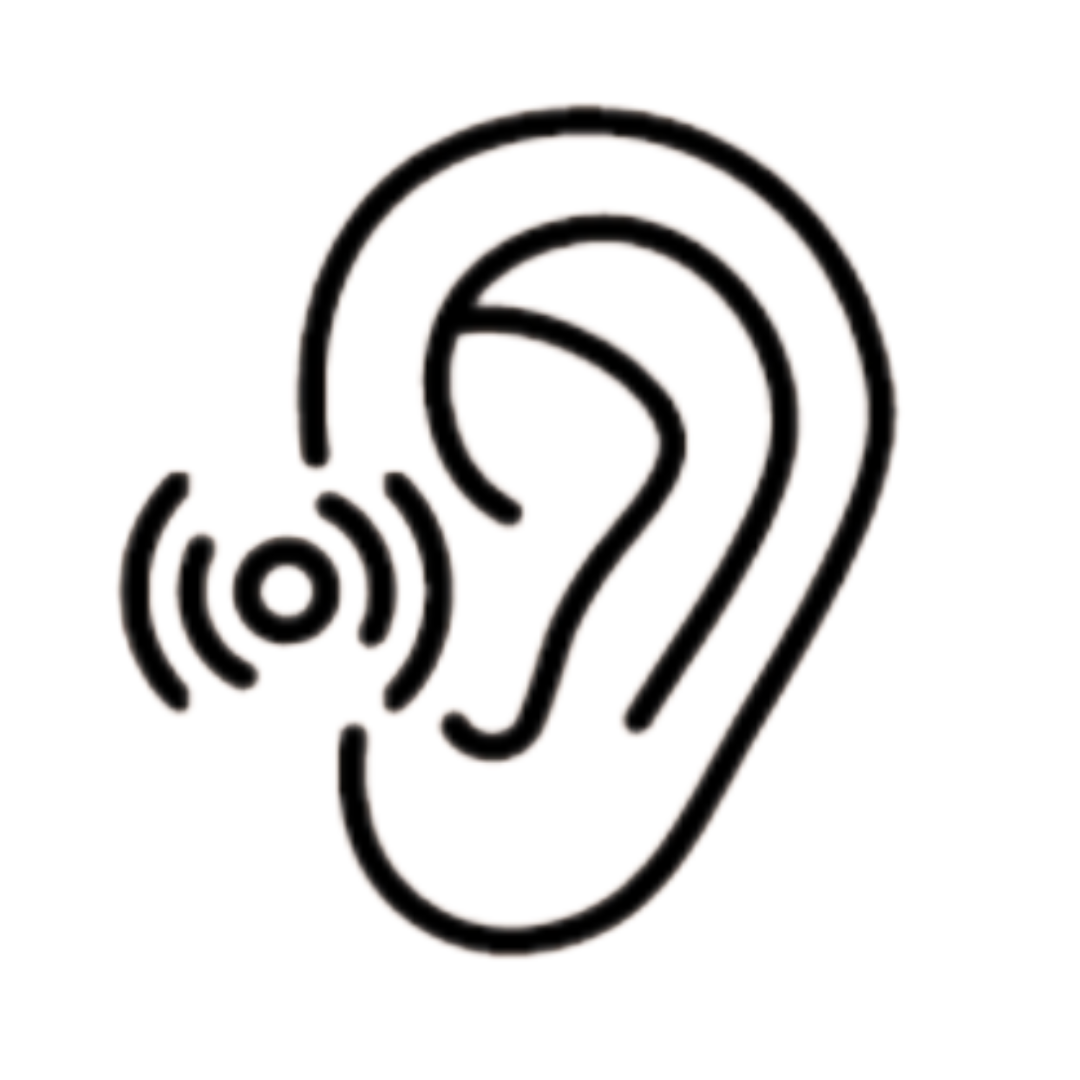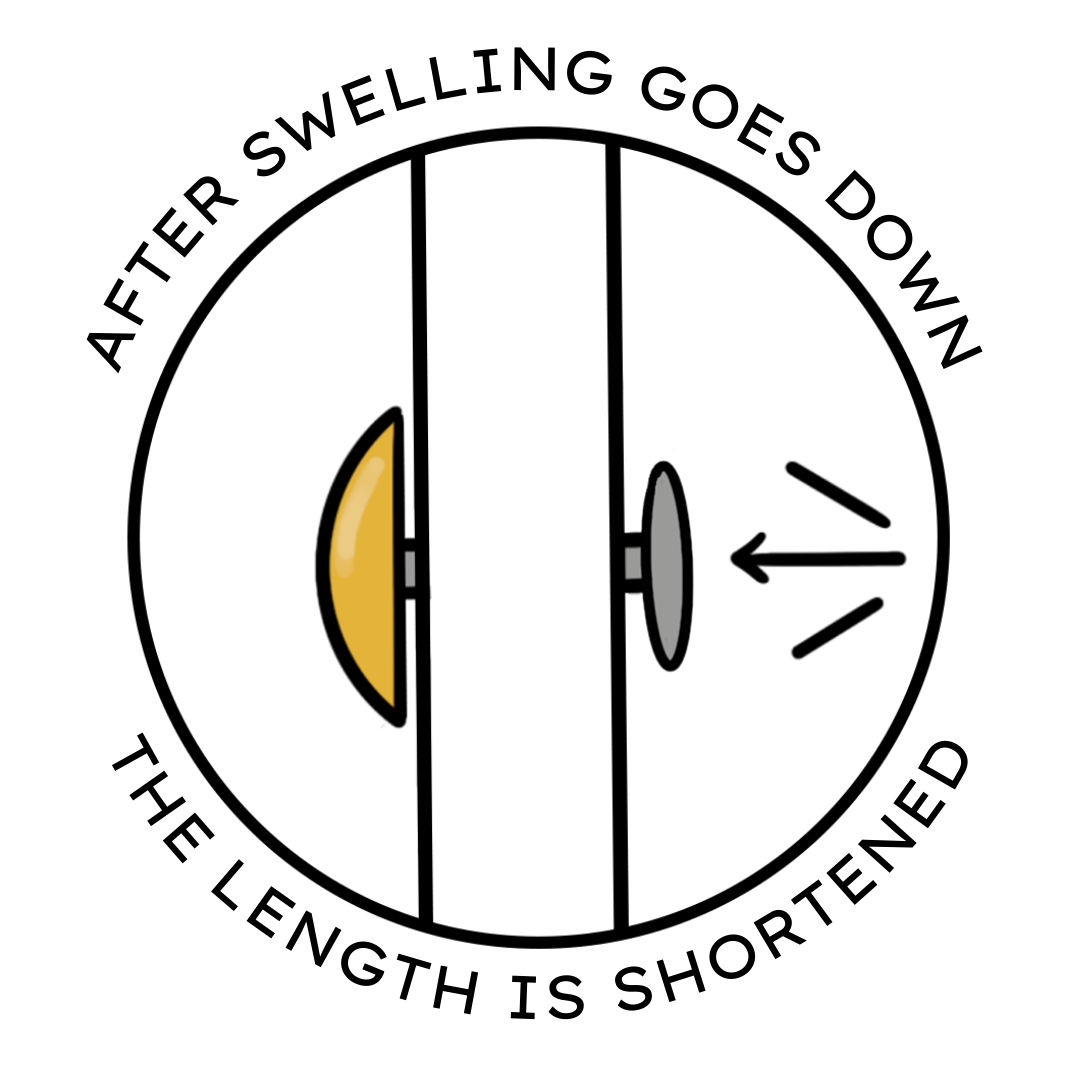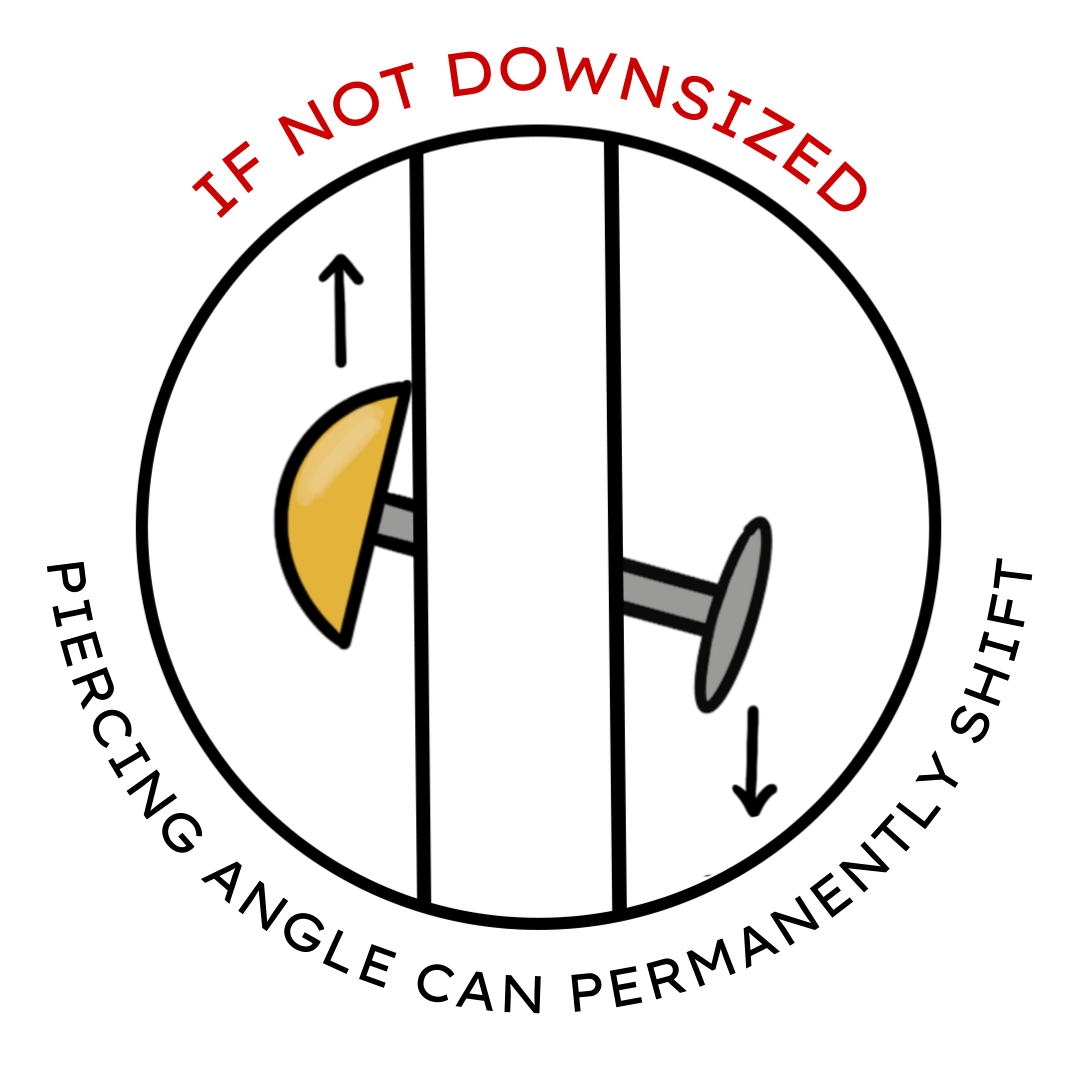PIERCING AFTERCARE
Congratulations on your new piercing! While seeking out a reputable and safe piercer is the first step for a healthy piercing, how you take care of your healing piercing will set you up for success. Please keep in mind that our information is not medical advice as we are not medical professionals — If you are consulting with your doctor, we advise following their advice.
Having issues with a piercing done at our studio? Let us know!
DO’S
DO use sterile saline wound wash 2x a day. This is the ONLY solution that should be used on piercings other than warm water.
DO allow the water to run on your piercings while you shower. This will soften up any debris and allow it to fall off naturally.
DO change your pillow cases often. You can also use a clean t-shirt over your pillows to help keep your piercing clean.
DO downsize accordingly. Wait 4-6 weeks and visit your piercer for a shorter post. (If you are pierced at So Gold, we will send you a reminder when it’s time for your downsize!)
DONT’S
DO NOT touch, twist, rotate, play with or remove your piercing while it is healing. Movement of the jewelry can cause irritation, and our hands can also introduce bacteria to the area. Removing jewelry from a healing piercing will also cause the piercing channel to quickly shrink or close.
DO NOT use alcohol, peroxide, tea-tree oil, ointments of any kind or soap to clean your piercings, and do not make your own salt water mixtures.
DO NOT use cotton swabs to clean your piercing unless absolutely necessary. Excess fibers from cotton swabs can get trapped in the piercing channel and cause irritation.
DO NOT sleep on a healing piercing. Any prolonged pressure can cause irritation and can cause the angle of your piercing to shift.
WHAT IS DOWNSIZING?
When pierced with a stud, downsizing is an important step to set your piercing up for success. As illustrated below, your piercing is done with a longer post to accommodate for the swelling that’s usually present within the first four weeks post-piercing. If you were pierced at So Gold, we send you a reminder email 4 weeks after your piercing to book a Downsize Appointment so that we can replace your longer post with a more fitted one.
If your post isn’t downsized after the 4-8 weeks, it may lead to irritation caused by the post having enough length to move through the piercing channel during healing. In addition, pressure on the piercing from sleeping or wearing helmets can cause the angle of your piercing to permanently shift if the post is still long. This makes it so that your stud may not sit flush against your skin, and may make it more difficult to eventually wear a ring in the piercing in the future.
FREQUENTLY ASKED QUESTIONS
-
Saline is a sterile mix of water and .09% sodium chloride that is meant to mimic the natural amount of salt that your body produces. It can be found in any pharmacy in the first aid aisle and at many reputable piercing studios.
Hold the nozzle close to each side of your piercing and spray. This will irrigate the area and remove debris. Pat the excess saline dry with sterile gauze or use the cold setting on a blow dryer to evaporate the excess moisture. This is an important step as the salt left over in the saline can cause irritation and in some cases, cause the piercing to become "waterlogged" OR saturate a piece of sterile gauze with your sterile saline and hold it on your piercing for a few minutes to soften the debris. Gently wipe away the debris and pat dry.
-
Alcohol will burn and dry out your piercing completely. Peroxide kills all bacteria and our bodies needhealthy bacteria to heal. Ointments clog the area which prevent it from getting the oxygen needed to heal. It can also introduce bacteria into the wound. Soap will cause unnecessary irritation to a healing piercing.
-
There is no conclusive evidence that supports the idea that tea tree oil is safe to use on puncture wounds. In addition, tea tree oil has been known to cause chemical burns when used on skin.
-
This will cause irritation and introduce bacteria to the piercing site. There is a common misconception that you need to twist your jewelry to prevent the skin from growing around it, by twisting it, you are damaging a healing fistula (the piercing channel that forms).
-
This will slow down the healing process, cause irritation and in some cases, cause your piercing to heal on an angle. Travel pillows are a great way to get comfortable while your piercing heals.
-
The salt to water ratio must be very specific in order for this to work and there is no way for it to be sterile at home. The major benefit of a sea salt soak is the heat itself and not the salt mixture as non sterile forms of saline can be naturally dirtier. There is also the risk of your sea salt being contaminated, which can introduce a large amount of bacteria to your piercing.
Sterile saline is available just about anywhere in the US and is the superior option to homemade soaks.
-
We start Daith piercings with rings. Initial piercings require room to compensate for swelling. When pierced with too small of a ring, the curvature will put unnecessary pressure on both the entrance and exit wound. This pressure can cause pain, discomfort, irritation bumps, and/or additional swelling. This additional swelling can cause the ring to cut into the piercing from the sides and actually force your piercing to migrate to a different location. You can end up with excess scarring and scar tissue build up.
-
Cotton swabs are made up of many loose fibers. These loose fibers may disperse during cleaning and lodge themselves inside the piercing channel, causing unnecessary irritation during the healing process. Additionally, many use cotton swabs in a rough manner causing inflammation. Please avoid cotton swabs unless absolutely necessary. This is our preferred method for aftercare.
-
We suggest waiting a minimum of 8 weeks before submerging a piercing in water for extended periods of time. While salt water may be good for your piercings, the bacteria in the ocean, as well as pools are not.
